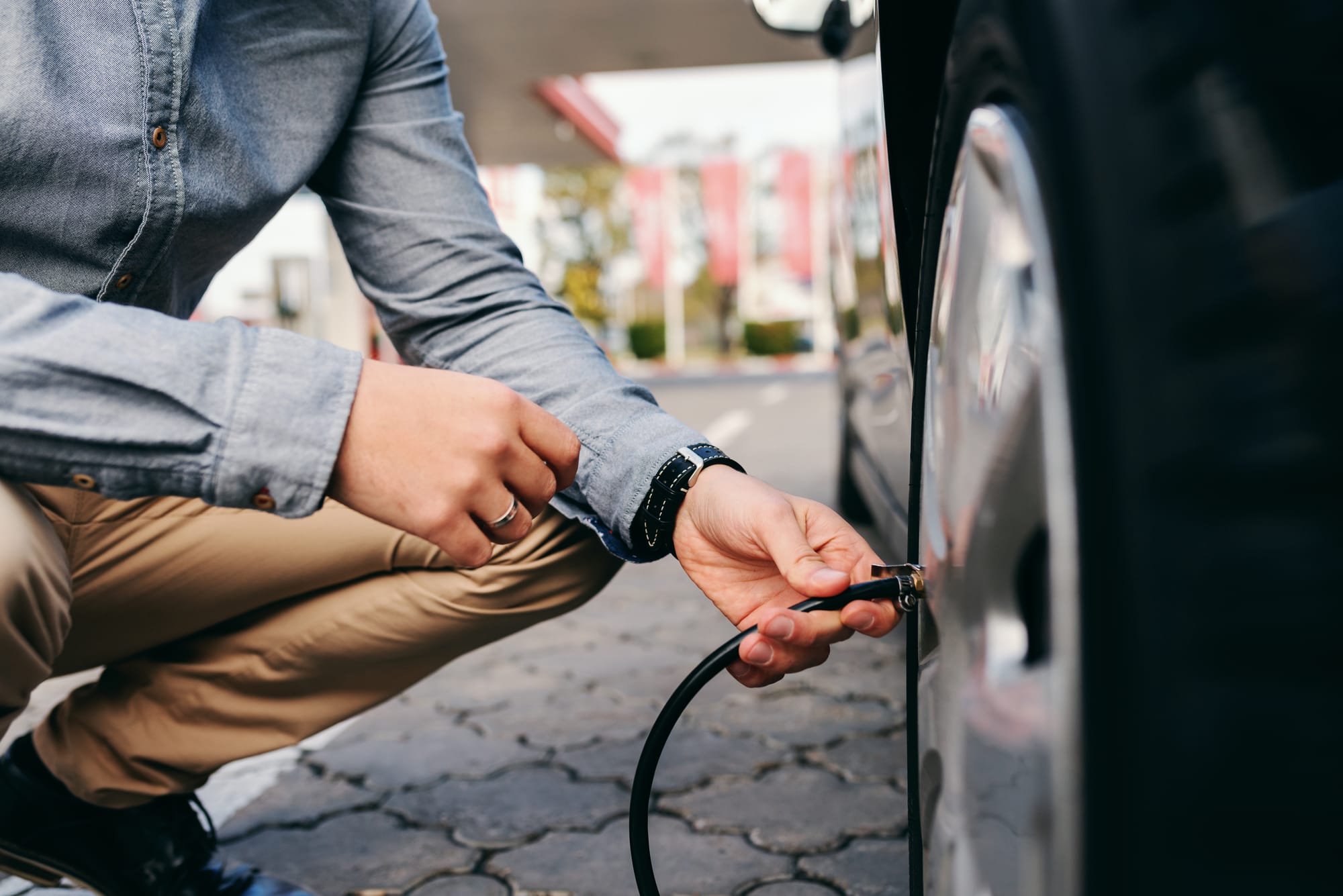Steps to Prepare Your Vehicle for Transport

- Clean Your Vehicle
- Exterior: Wash the car thoroughly to remove dirt and grime. This makes it easier to inspect for any pre-existing damage.
- Interior: Clean out all personal belongings and valuables from the car. Auto transport companies typically do not cover these items if lost or damaged.
- Document Pre-Existing Damage
- Take Photos: Before the transport, take clear photos of your vehicle from all angles. This documentation will serve as proof of the car’s condition prior to transport.
- Check for Mechanical Issues
- Fluids: Ensure all fluids (engine oil, coolant, brake fluid, etc.) are topped off at appropriate levels.
- Battery: Make sure the battery is charged and secure.
- Tire Pressure: Inflate tires to the recommended pressure.
- Disable Alarms and Secure Loose Parts
- Alarms: Disable any aftermarket alarms or anti-theft devices to prevent unnecessary disruptions during transport.
- Secure Parts: Remove or secure any loose parts or accessories that could be damaged or cause damage during transit.
- Prepare Necessary Documentation
- Ownership Documents: Have the vehicle’s registration and proof of ownership readily accessible.
- Insurance: Ensure your vehicle insurance is up to date and covers transport-related incidents.
- Choose the Right Transport Options
- Open vs. Enclosed Transport: Decide whether open-air transport (more common and affordable) or enclosed transport (offers more protection but is more expensive) is suitable for your vehicle.
- Door-to-Door vs. Terminal-to-Terminal: Select whether you want the car picked up and delivered directly to specified addresses (door-to-door) or if you're willing to drop off and pick up at designated terminals (terminal-to-terminal).
- Communicate with the Transport Company
- Provide Instructions: Clearly communicate any specific instructions or concerns to the transport company.
- Ask Questions: Don’t hesitate to ask the company about their procedures and what to expect during the transport process.
prepare vehicle for transport clean car for shipping document pre-existing damage check vehicle fluids secure loose parts disable car alarm vehicle transport documentation choose transport options open vs. enclosed transport door-to-door transport terminal-to-terminal transport auto transport preparation tips